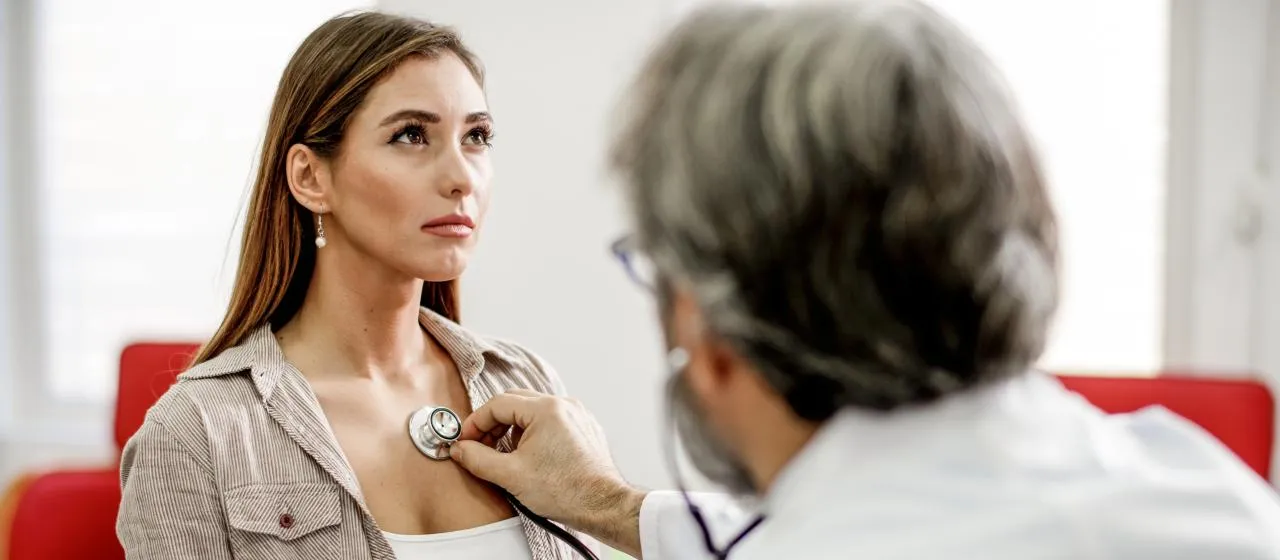OXIGEN salud
Respiratory conditions

OXIGEN salud
Respiratory conditions
Pulmonary hypertension is a type of high blood pressure that affects arteries and blood vessels that supply the lungs, which narrows or even blocks them. It is a chronic and gradual disease in which the lung arteries, which supply blood from the heart to the lungs, do not work correctly, so the heart has to work harder than normal to pump blood, weakening the right ventricle. Over time, a weakened heart can cause heart failure, as well as arrhythmias, bleeding and other cardiovascular problems.
Although there are different types of pulmonary hypertension depending on the cause, it is a severe condition, and the symptoms start showing in the advanced stages of the disease. This highlights the importance of early diagnosis to control the condition and reduce potential damage.
Pulmonary hypertension can be an inherited genetic disease, congenital, caused by the consumption of certain medicines or illegal drugs, previous cardiac or pulmonary conditions, chronic pulmonary thromboembolism, renal condition, and other diseases (HIV, chronic liver failure, connective tissue disorders...).
The most common pulmonary hypertension is idiopathic pulmonary arterial hypertension (PAH), which usually affects individuals between 30 and 60 years old and is more frequent in women.
Pulmonary hypertension symptoms can start to appear several years after having the condition, slowly and once the heart and lungs are already badly damaged. Furthermore, it is easy to confuse pulmonary hypertension with other respiratory illnesses, making it hard to diagnose.
The main signs of this disease are:
Available treatments for pulmonary hypertension target the causes and try to reduce symptoms so that patients can enjoy a better quality of life since it is an incurable condition.
Common treatments include medicines to widen blood vessels, anticoagulants, diuretics, oxygen therapy and, for more severe cases, heart or lung transplant and surgery to reduce the pressure on the heart.
Shall we call you?